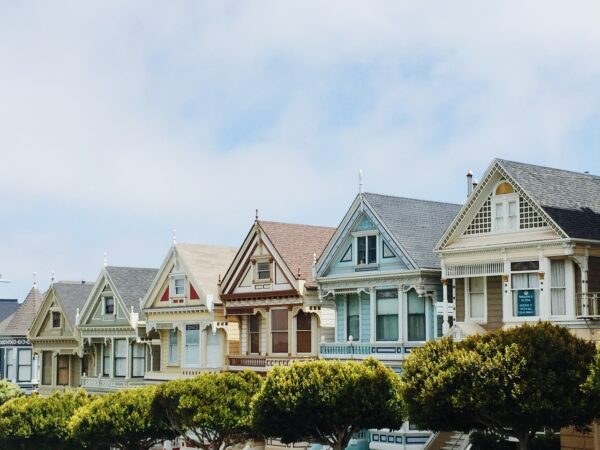Mortgage rates are on the rise–reachind their highest level in more than 10 years.
U.S. mortgage rates have risen to 5.11 percent, a 12-year high. The average for a 30-year loan was 5.11 percent, up from 5 percent and the highest since April 2010, Freddie Mac said in a statement on April 21. So far, rates have increased from just 3.11 percent at the end of 2021.

Home buying may be cooling off as buyers won’t be able to carry such high mortgages.
“While springtime is typically the busiest homebuying season, the upswing in rates has caused some volatility in demand,” Sam Khater, Freddie Mac’s chief economist, said in a statement. “It continues to be a seller’s market, but buyers who remain interested in purchasing a home may find that competition has moderately softened.”
The 30-year fixed-rate average hitting 5.28 percent for mortgages, shows a 16-basis-point uptick. And by all indication, the rate, which has not been this high in more than a decade, will continue to rise.
Rates coincided with yields for 10-year treasuries, which surpassed the 2.8 percent mark for the first time since late 2018. “Relief for borrowers isn’t likely to come anytime soon: The Federal Reserve is set to consider another increase to its benchmark rate next month in its efforts to control inflation,” Bloomberg reported.
Combined with high home prices, higher mortgage rates will make it difficult for homebuyers, particularly first-time homebuyers and African-American home buyers. Black homeownership remains at its lowest in a decade. The rate is currently at 43.4 percent, lower than it was 10 years ago. It lags nearly 30 percentage points behind the white homeownership rate of 72.1 percent.
“Given the rising borrowing costs and prices, housing is especially difficult for entry-level buyers,” Jeffrey Roach, chief economist at LPL Financial, a national broker-dealer, told Time.
Home prices jumped 19.8 percent in February, according to the S&P CoreLogic Case-Shiller national home price index.
“It’s not surprising that the mortgage rates are hitting where they are,” Roach said. “What can be a little bit unnerving is the speed at which they reverted to levels back in 2009-2010, when rates were above 5%.”




